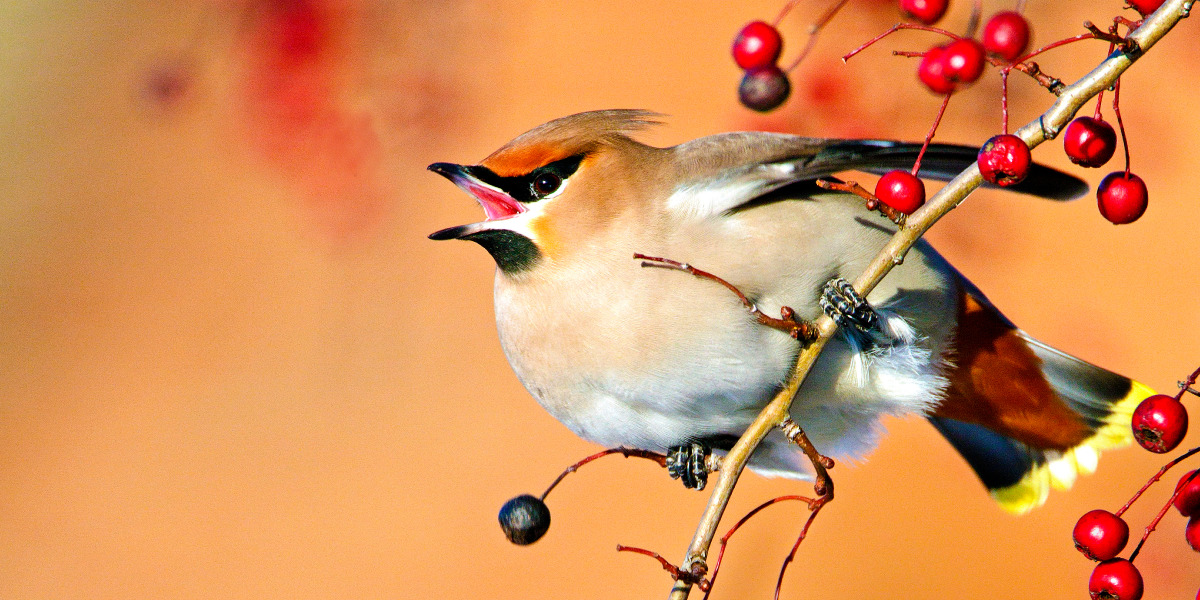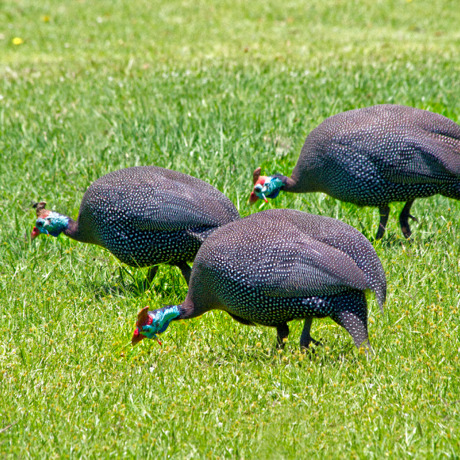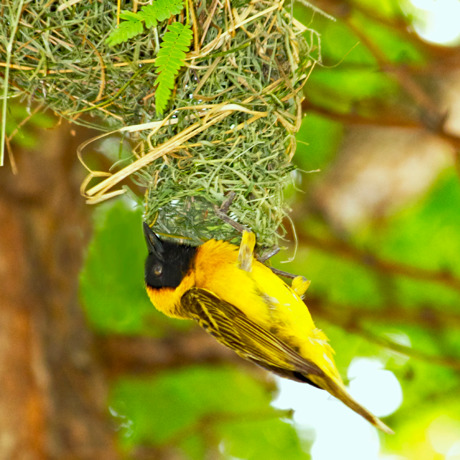
BIRDS inhabit all parts of the earth, and they are among the easiest creatures to observe. What is more, their variety in form, color, song, antics, and habits can make bird-watching, or birding, an entertaining and rewarding pastime.
You may even be able to observe a bird’s daily routine from your kitchen window: a European blackbird digging for worms, a tyrant flycatcher hawking for insects, a dove courting its mate, a swallow tirelessly constructing its nest, or a goldfinch feeding its hungry brood.
years, leaving viewers in awe of the ability of birds to navigate great distances with clocklike precision. .
Today, bird-watching is a popular recreational activity—and understandably so, for birds amaze us with their antics, beauty, courtship rituals, and songs. What is more, they can also teach the thoughtful observer valuable lessons about life. Will you “observe intently the birds”?


Helmeted guinea fowl Masked weaver